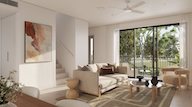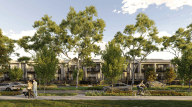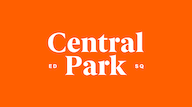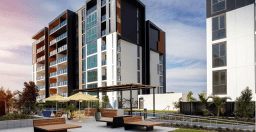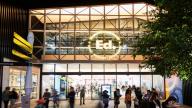The Aussie backyard like never before
In the prosperous decades following the Second World War, a Great Australian Dream took hold in the nation’s collective consciousness.
It meant a home of your own on a quarter acre block and a brand-new car in the driveway. The dream became a reality for millions of Australians as capital cities across the country swelled with new people and the homes they built to live in. But it wasn’t all good news.
Large homes on large blocks meant constant outward pressure on the urban fringe, pushing Australia’s cities to become among the largest and least densely settled in the world.
The twin penalties of rising infrastructure costs and skyrocketing land prices dramatically reshaped the housing market, ushering in an era of smarter, denser, less car-dependant developments with better access to local services and shared public spaces.
Like all things in life, the Great Australian Dream has evolved.
Today, the dream is less about the big house and the quarter acre block and more about the culture, lifestyle, and strong sense of community that comes with living in social urban villages.
Barrie Seppings, Director of Creative Strategy at real estate branding agency WordSearch Australia, says that this evolution is long past due and for too long Australians have been overcapitalising in underperforming homes. “Media reports are rife with stories of generations of people who’ll never own a home. But we’ve kind of done that to ourselves because we’ve made our homes too big, too expensive, too unwieldy. They’re hard to maintain. Hard to get to. Hard to live in,” says Seppings. “When you look at a home as a machine for living, this ‘bigger-is-better’ approach has failed us.”

Simone Dyer, Deputy Development Director of Frasers Property, thinks that one of the biggest changes has been the rethinking of the Australian backyard as a private enclave that requires weekly maintenance and mowing, to amenity- rich shared open space belonging to the community. Landscaped gardens, barbecue areas, pitches for playing cricket or kicking the football, shaded nooks for picnics, even ‘eat streets’ and urban piazzas filled with shops, cafes and local restaurants are becoming both the new normal and the new backyard for homebuyers.
“Now that we’ve moved into denser urban form in cities and neighbourhoods across the country, the public domain substitutes for the backyard. It brings people out of their homes and is a lot more social and connected and vibrant as a result,” Dyer says.
Fostering social connection and creating healthy communities is fundamental to the Frasers Property approach. “It’s all about resetting the experience from urban sprawl and social isolation to village living that encourages connection and a stronger sense of wellbeing,” Dyer explains.
On the Ed.Square project in Sydney’s south west, a vibrant town centre is the focal point for the popular development. Susanne Pini, Director of Retail and Mixed Use at global architecture and construction engineering firm HDR, thinks that the Great Australian Dream of today is intrinsically tied to the existence and quality of local amenity.
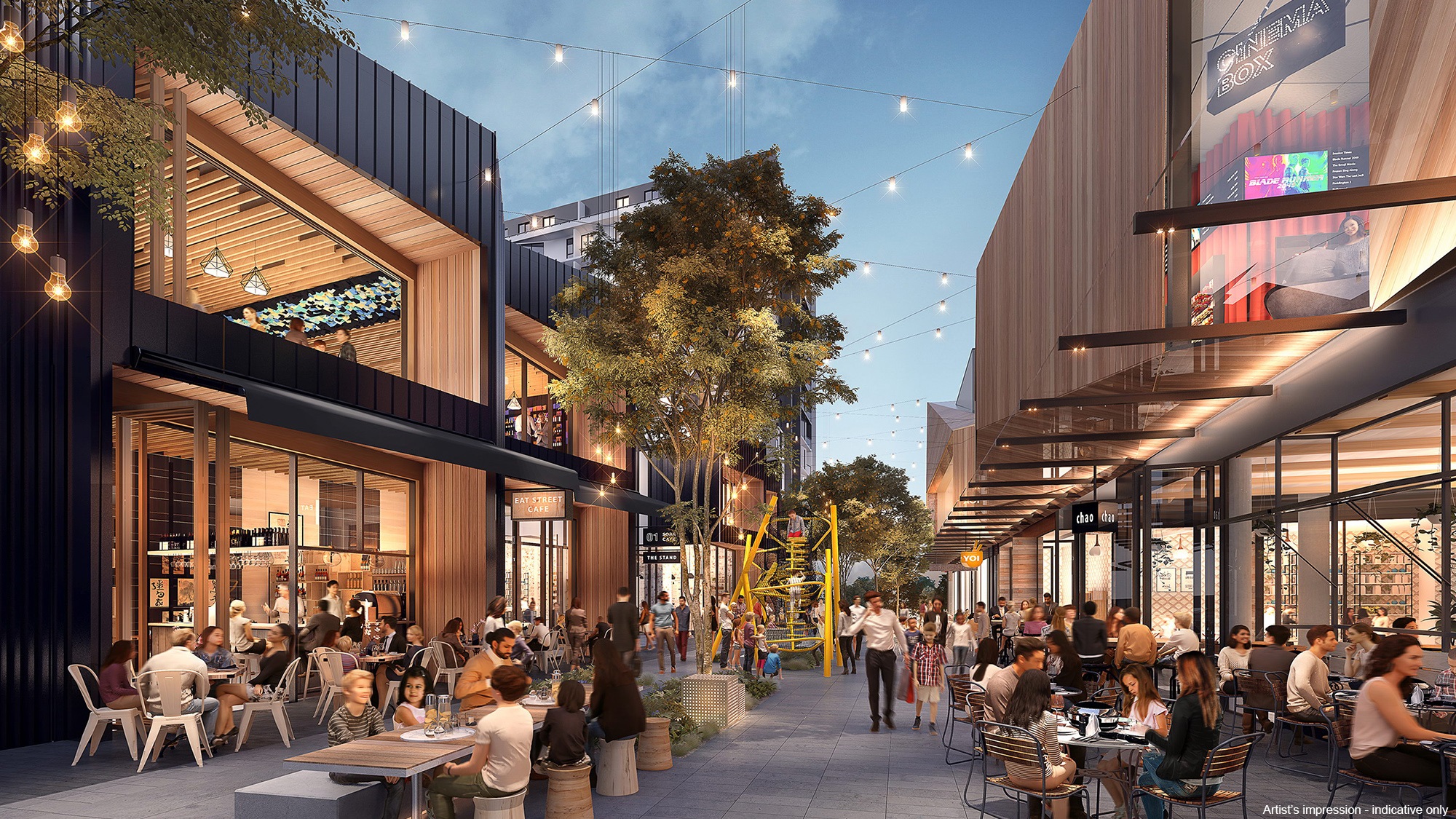
“To me, it’s all about having parts of culture that I want - cafes, restaurants, things that I need - at my front door. Things that make a difference to my life every day,” Pini says. “This notion that new communities are sometimes seen as dormitory suburbs with all the ‘good stuff’ happening elsewhere is not a healthy way to build strong, social and connected communities.”
One thing’s for sure: even as urban design and urban living evolves to meet the needs and challenges of the twenty-first century; the Great Australian Dream of home ownership still unites and excites us. There may be fewer big backyards to go around, but the level of imagination and thoughtfulness that’s going into public space design will be the envy of the world.
Find your new Aussie backyard in Edmondson Park. Visit the Ed.Square Sales Centre on corner of Soldiers Parade and Campbelltown Road, Edmondson Park, call 13 38 38 or visit Edsquare.com.au.
See more articles on


